The Foot Series (International)
From: Original price was: $125.00.$100.00Current price is: $100.00.
The Foot Series Posters may be purchased individually or buy the whole set and get 20% off! There are two sizes available and you can mix and match if you like.
The Foot Series includes:
- The Bones of the Foot and Ankle
- The Intrinsic Foot Muscles
- The Extrinsic Foot Muscles
- The Calf Complex
- How to Improve your Pointe Range
As dance educators it is imperative to help your students understand the anatomy of the dancer’s body. With this in mind we have created a series of A3 posters designed to be displayed in your studio, to make it easy to understand and explain the anatomy behind the movement. With clear anatomical images and descriptions of covering areas of interest, along with analysis of common dance injures, they are an essential tool for training intelligent dancers.
The Foot Series includes:
- The Bones of the Foot and Ankle: Understanding the anatomy of the Foot and Ankle bones can help you understand why some students may be struggling with specific exercises due to a restriction in a particular area of the foot and ankle.
- The Intrinsic Foot Muscles: The Intrinsic foot muscles start and end within the foot and, when working well, can create a dynamically stable foot in all positions. weak or overworked intrinsic foot muscles can be the cause of many other foot and ankle injuries.
- The Extrinsic Foot Muscles: Many dancers overuse their extrinsic foot muscles due to poor calf activation or a lack of intrinsic muscle control. This can lead to ongoing issues with the tendons around the ankle. Understanding the anatomy of the dancer’s foot can help prevent foot and ankle injurIes longterm.
- The Calf Complex: Understanding the anatomy of the different parts of your calf muscles can help ensure well rounded training and avoid overworking any one particular area.
- How to Improve your Pointe Range: Forcefully stretching feet usually mobilises what is already mobile, and compresses structures in the back of the ankle, rather than targeting the elements that are actually restricting your range.
If you are a dance teacher or health professional and would like to delve deeper into this topic CLICK HERE.
Only logged in customers who have purchased this product may leave a review.

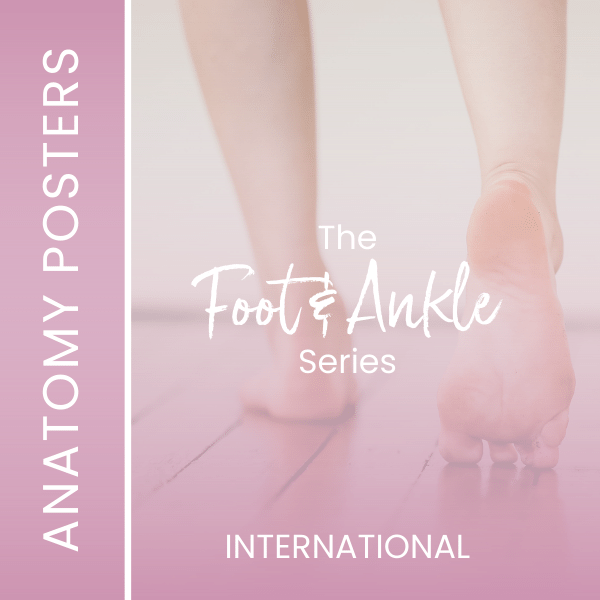
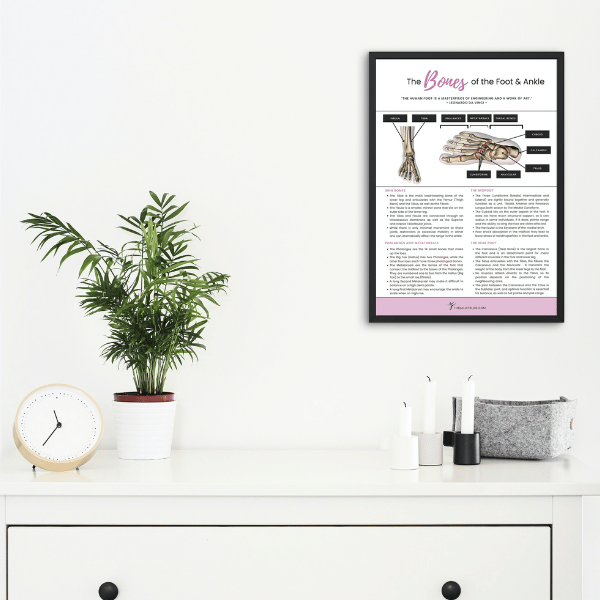
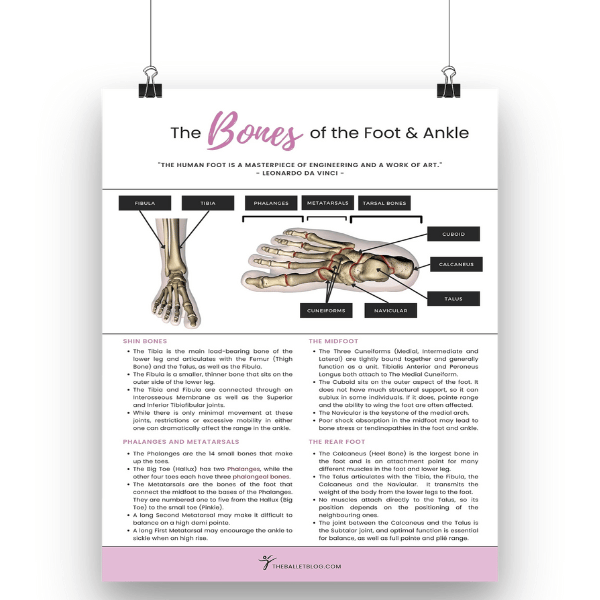
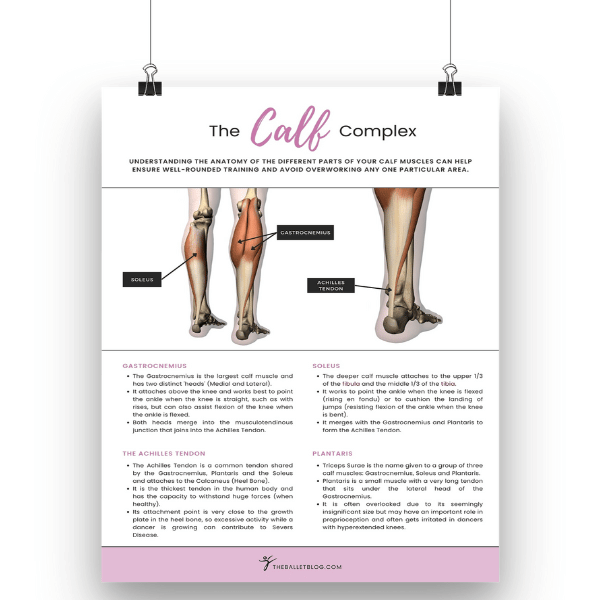
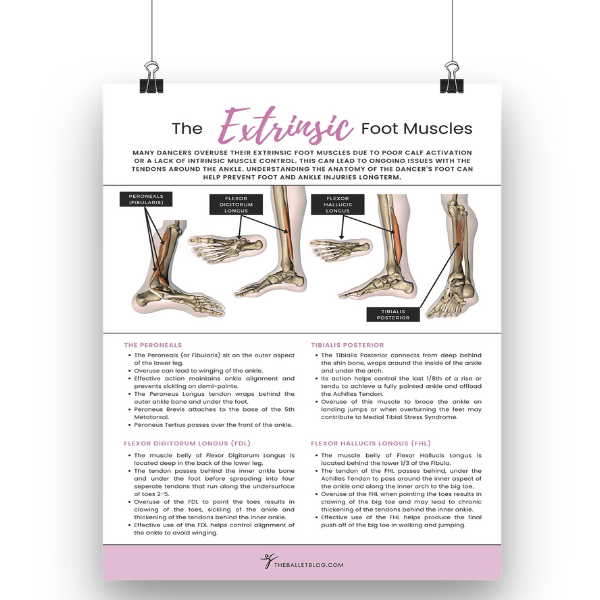
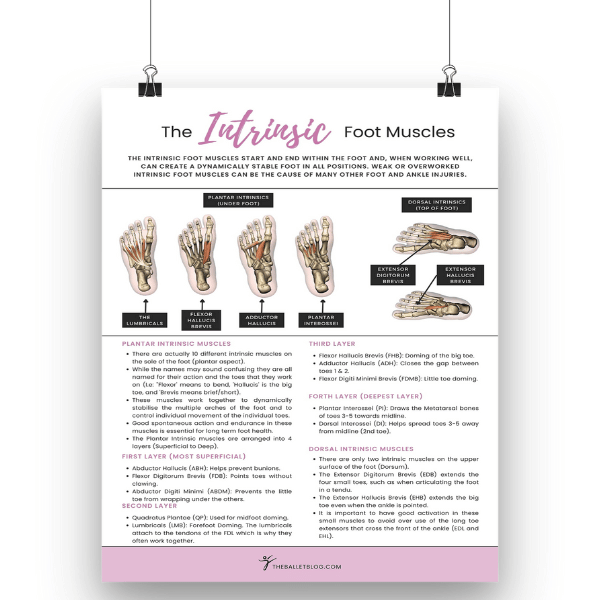
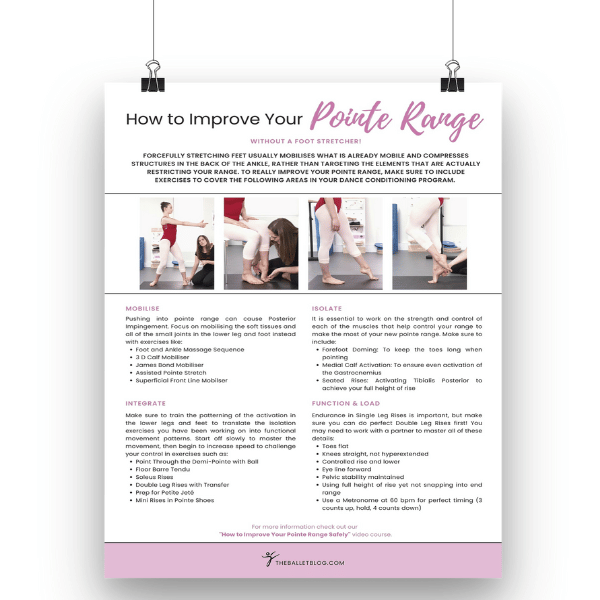
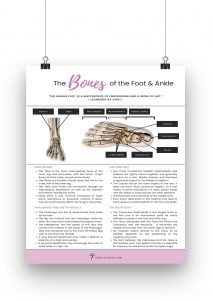
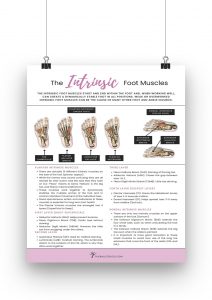
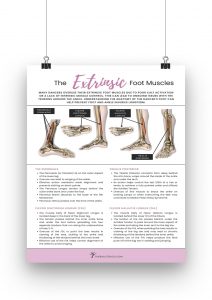
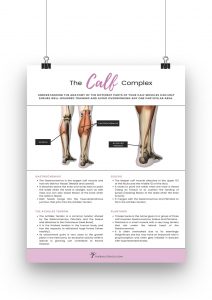
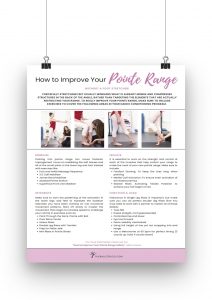


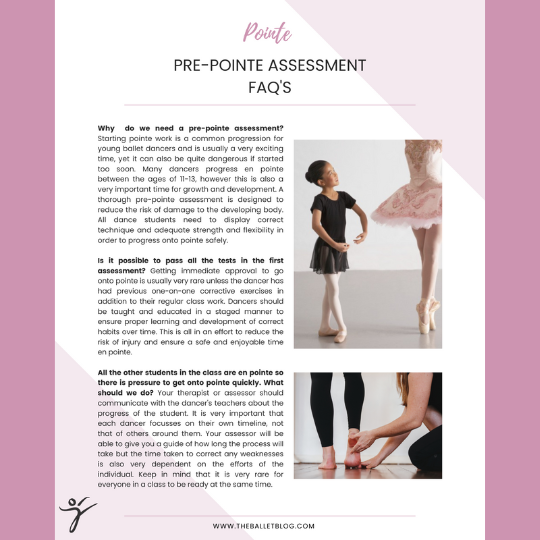
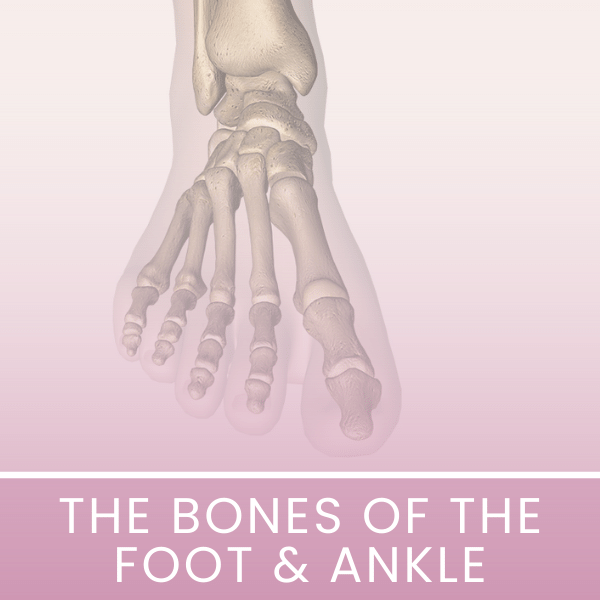


Reviews
There are no reviews yet.